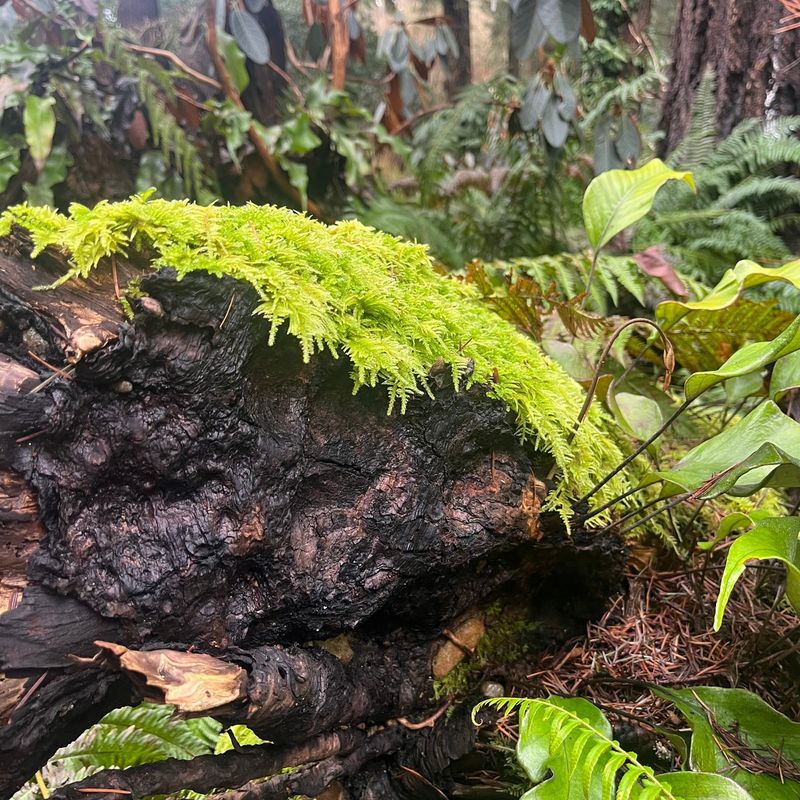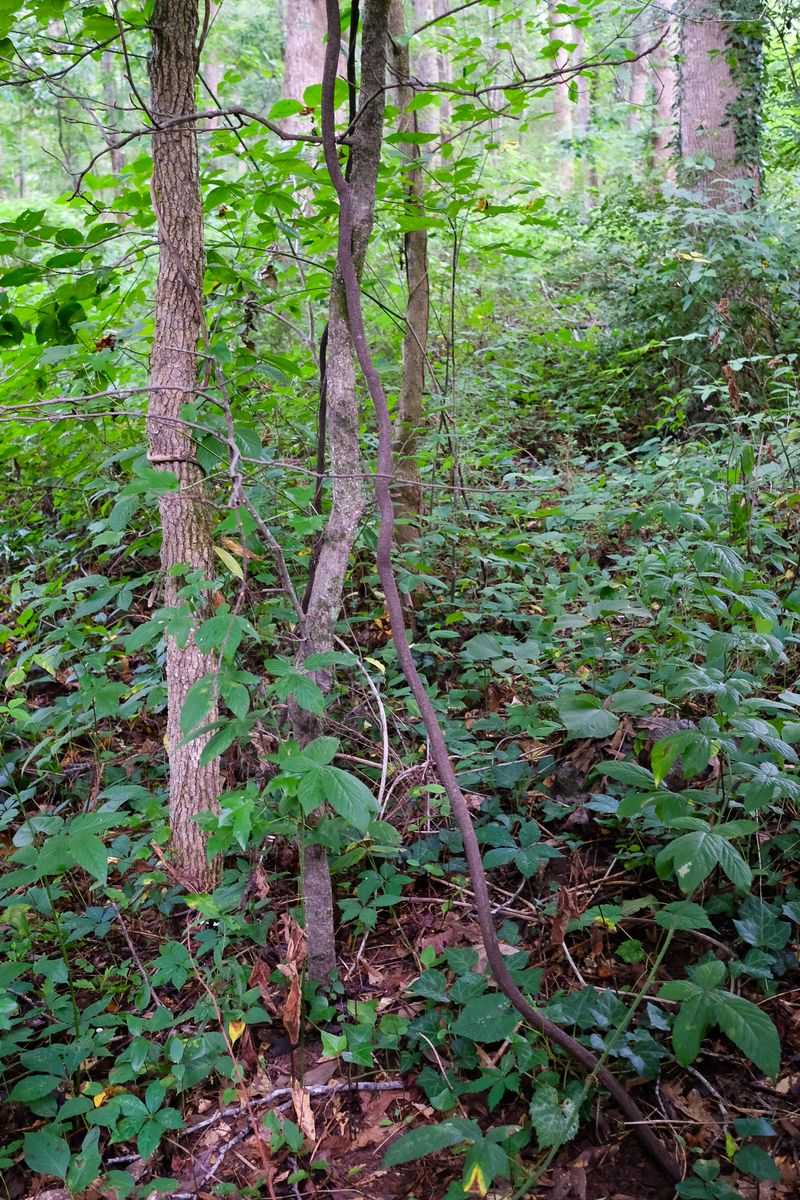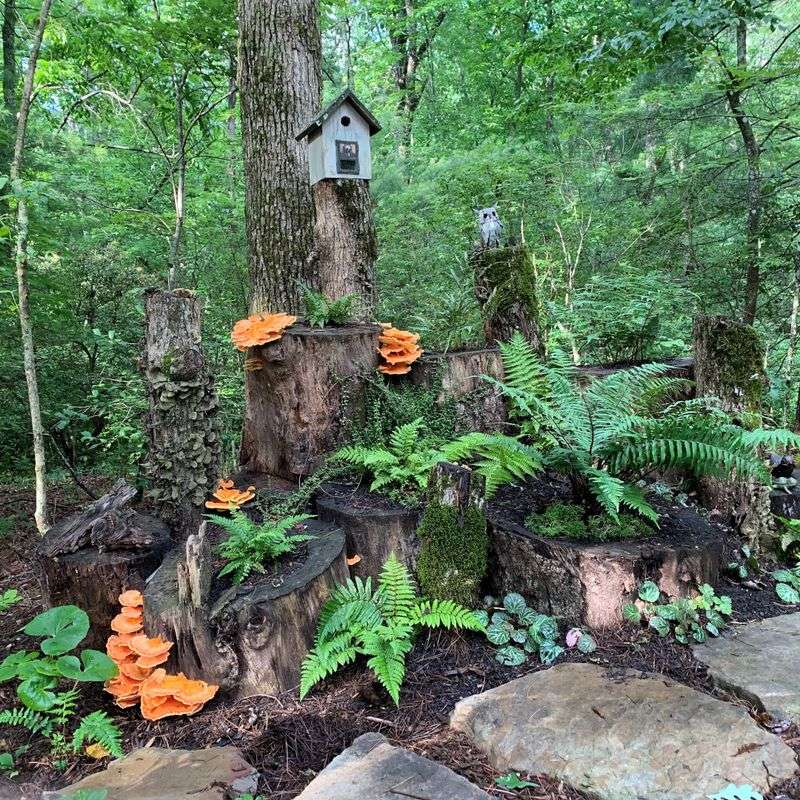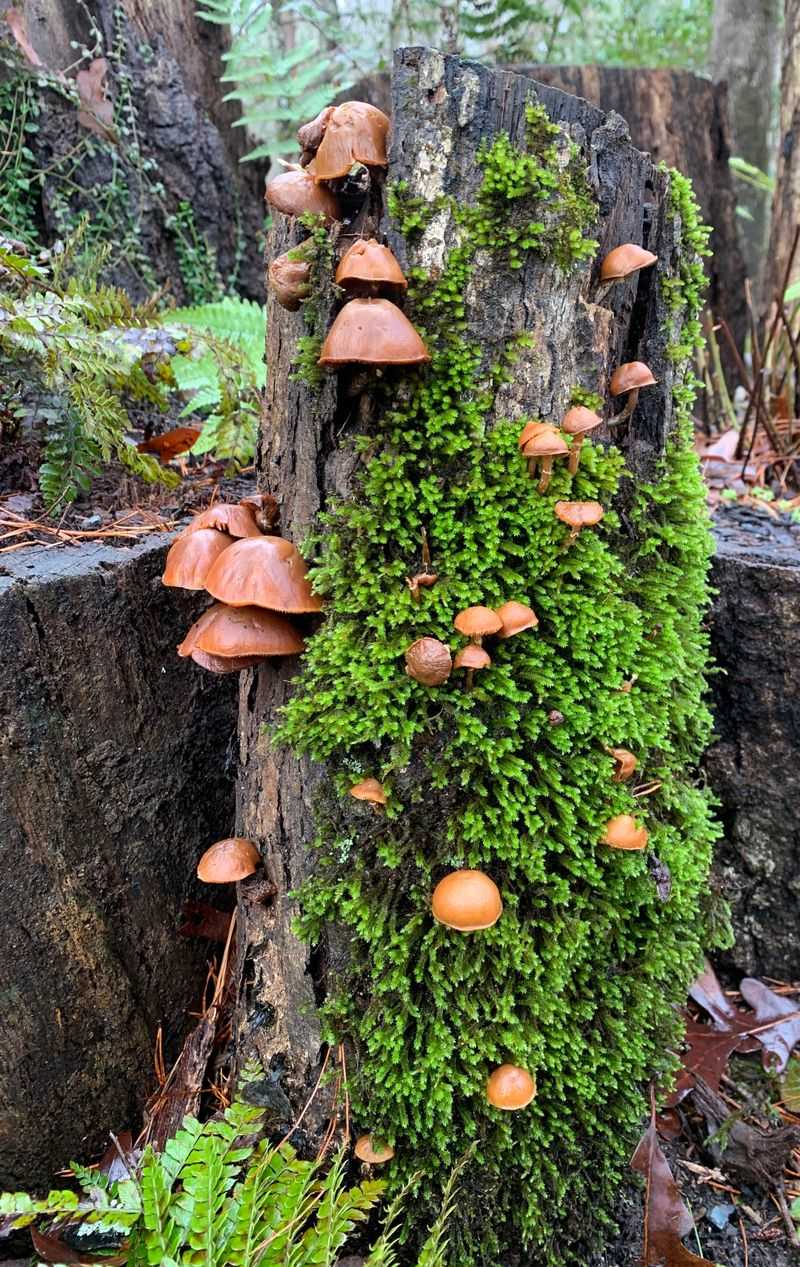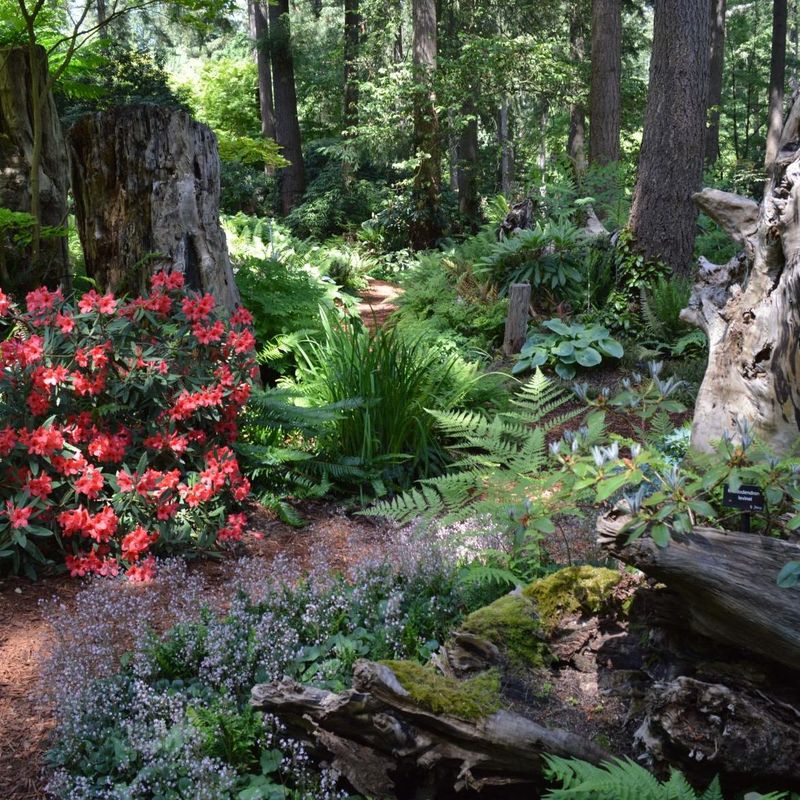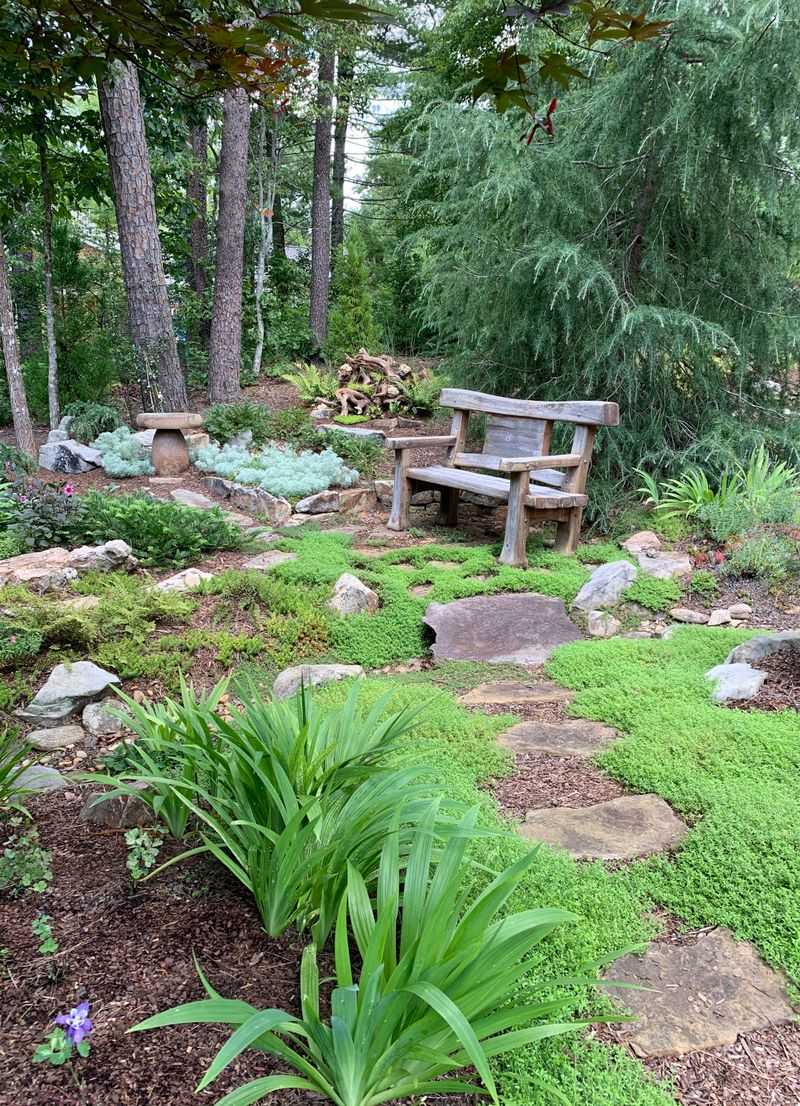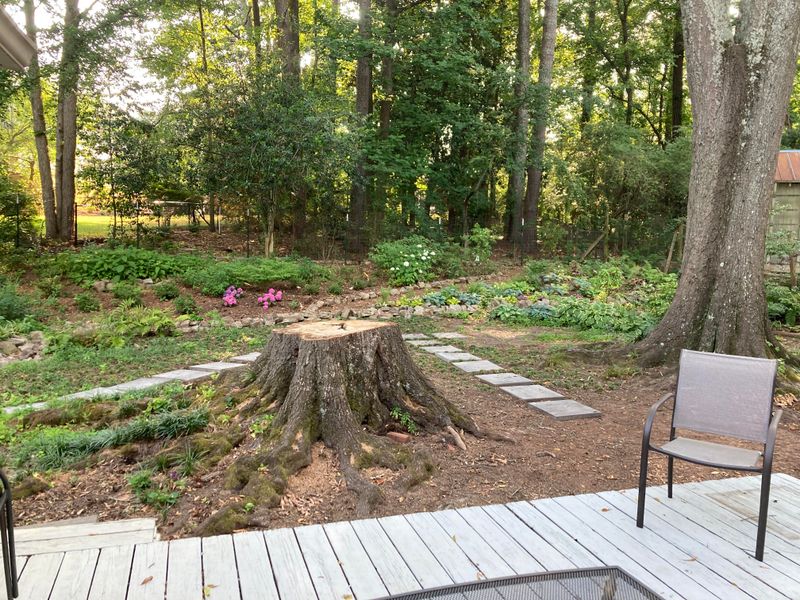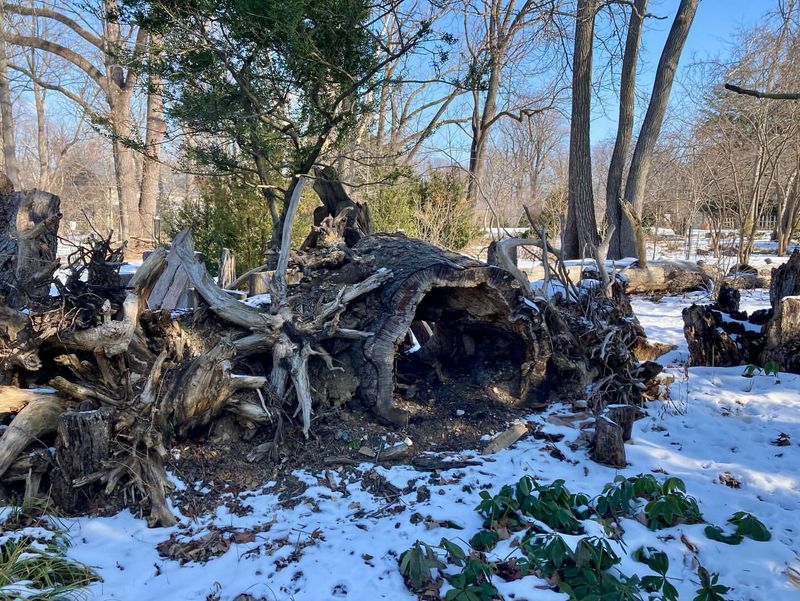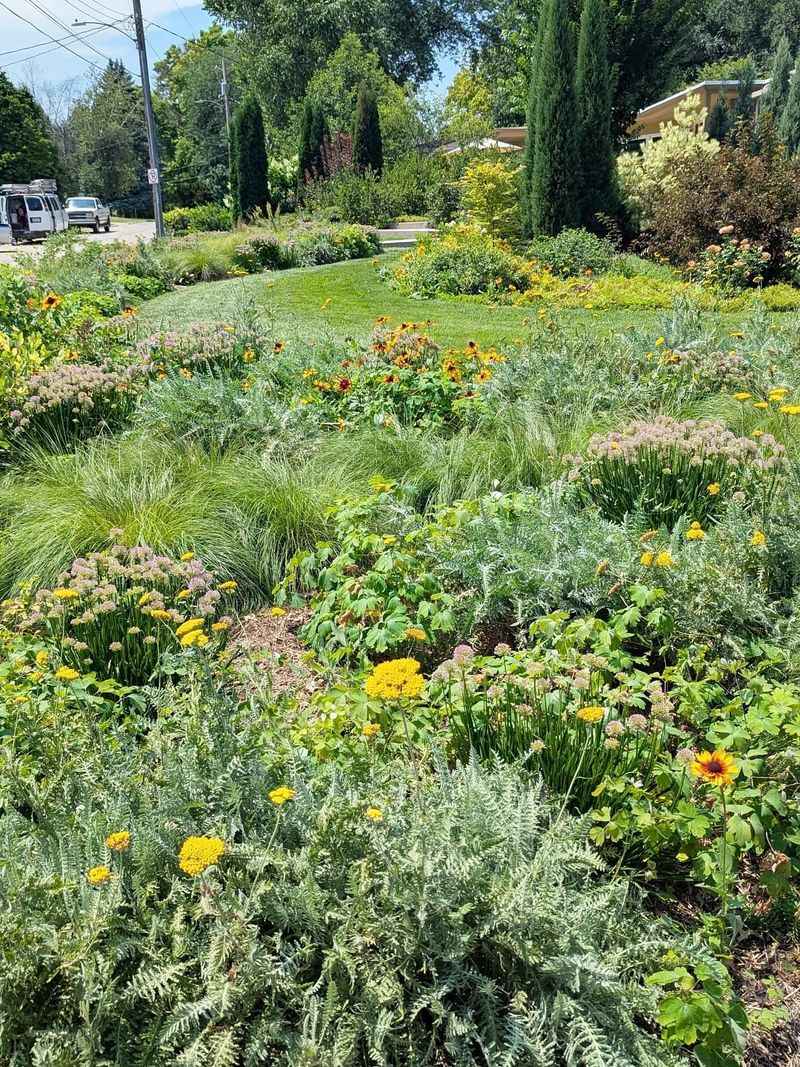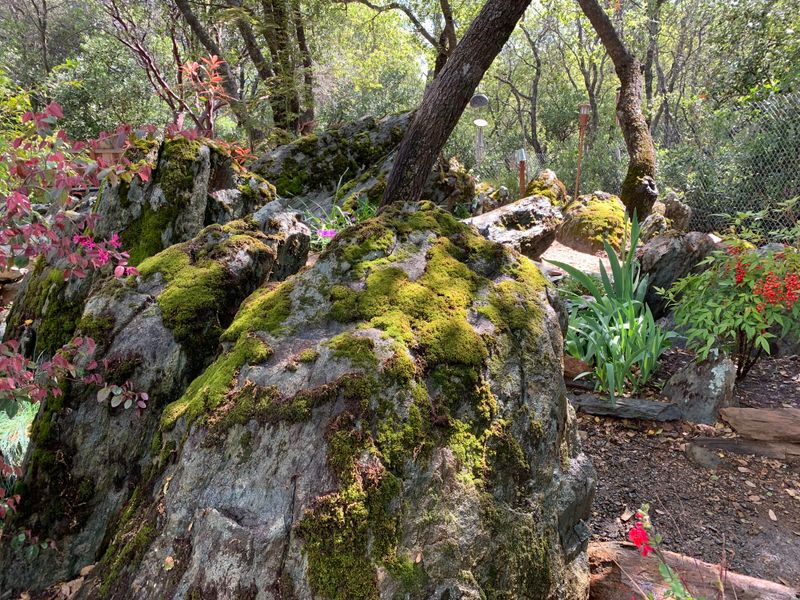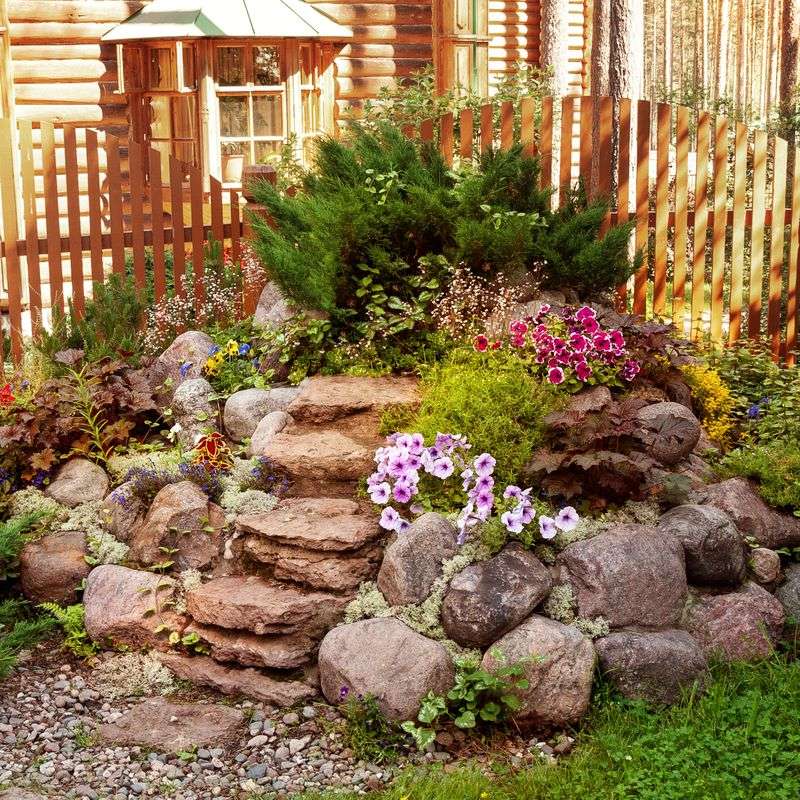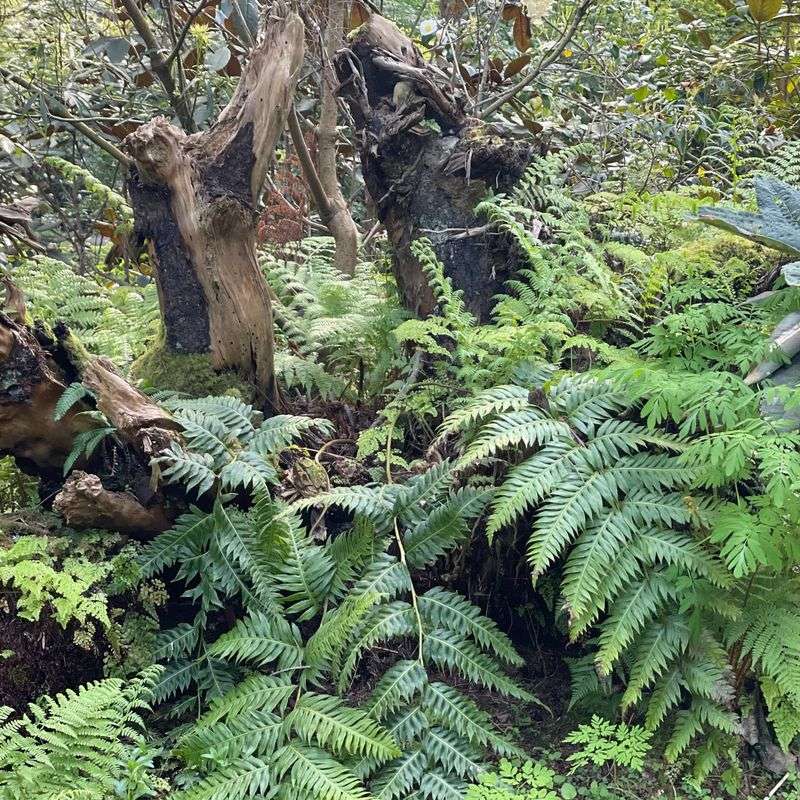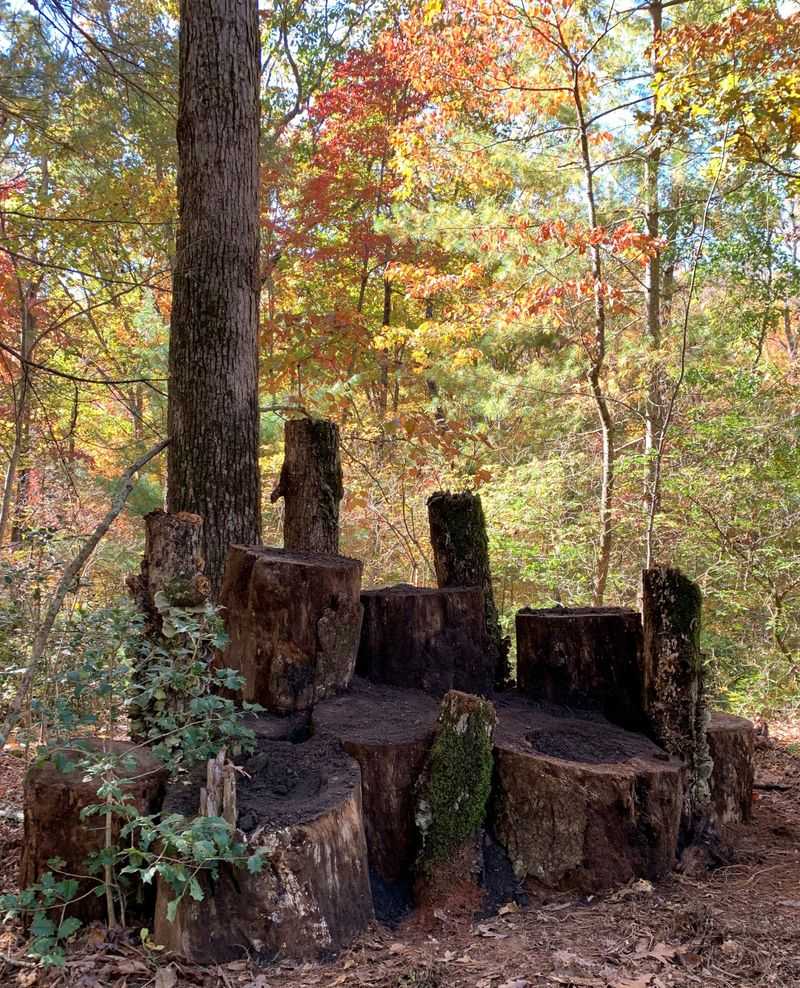Kentucky gardeners are embracing stumperies—woodland-inspired features made from logs, stumps, and roots—as striking additions to their landscapes. With humid summers and mild winters, the state’s climate is perfect for these earthy, artful installations. They blend ecology and design into one captivating garden element.
From Louisville’s city plots to Appalachian homesteads, stumperies are gaining fans across the Bluegrass State. They pair beautifully with Kentucky’s acidic soils and thrive in tricky spots where other features might falter. Gardeners love how they echo the natural rhythm of the local terrain.
For many, stumperies offer a deep connection to Kentucky’s woodland heritage while solving modern garden challenges. Whether it’s a steep slope in the knobs or a wildlife haven in the coalfields, a well-placed stumpery can transform your space into something truly special.
1. Natural Wildlife Habitat Creation
Dead wood attracts countless beneficial creatures to your Kentucky garden. Salamanders, a cherished part of Appalachian biodiversity, find perfect homes in the damp, protected spaces between logs.
Birds like the Kentucky Warbler use these structures for feeding on insects that naturally decompose the wood. The rich ecosystem that develops around rotting stumps provides food and shelter for countless native species.
2. Perfect Home For Shade-Loving Ferns
Kentucky’s native ferns thrive when planted among decomposing wood. The natural moisture retention of decaying stumps creates ideal growing conditions without constant watering, even during our hot summers.
Christmas ferns and maidenhair varieties establish themselves beautifully in these settings. Local gardeners appreciate how the textures of unfurling fronds contrast dramatically against rough bark, creating a woodland aesthetic that feels authentically Kentuckian.
3. Smart Solution For Sloped Kentucky Yards
Many Kentucky properties feature challenging slopes that make traditional gardening difficult. Strategically placed stumps and logs create natural terraces that help control erosion during our heavy spring rains.
The extensive root systems of decaying wood help stabilize hillsides while creating planting pockets. For homes in the knobs region or eastern Kentucky, where flat land comes at a premium, these structures transform problematic slopes into garden features.
4. Low-Cost Gardening With Local Materials
After storms or necessary tree removal, Kentucky gardeners often face the question of what to do with leftover wood. Rather than paying for removal, repurposing stumps into garden features saves money while creating something beautiful.
Following ice storms or tornado damage, communities sometimes share excess wood. Local sawmills occasionally offer unwanted cuts that work perfectly in these installations, making stumperies an economical choice for budget-conscious Kentucky gardeners.
5. Natural Mushroom Cultivation Opportunities
Logs and stumps provide perfect growing media for edible mushrooms that thrive in Kentucky’s climate. Shiitake and oyster varieties can be intentionally inoculated into the wood, creating a productive food garden within an ornamental feature.
The natural humidity of our region enhances mushroom production without much effort. Some Kentucky gardeners harvest pounds of gourmet mushrooms yearly from their decorative stumperies, combining beauty with functionality in a uniquely satisfying way.
6. Drought-Resistant Gardening Feature
Kentucky summers can bring extended dry periods that stress typical garden plants. Rotting wood acts like a sponge, absorbing rainfall and releasing moisture slowly during dry spells.
Plants established around stumps often require less supplemental watering than those in traditional beds. For gardeners in western Kentucky, where summer droughts can be particularly challenging, these moisture-retaining structures reduce both water usage and time spent with the hose.
7. Connection To Appalachian Gardening Heritage
Long before they became fashionable, mountain families in eastern Kentucky practiced forms of stumpery gardening out of necessity. Using what was available, they created beautiful spaces that worked with rather than against the woodland landscape.
Modern Kentucky gardeners often feel a connection to this heritage when incorporating similar elements. These structures honor traditional knowledge about working with the land rather than attempting to completely reshape it—a value deeply rooted in Kentucky’s rural culture.
8. Natural Playground For Children
Kentucky families find that stumps and logs create magical outdoor play spaces that spark imagination. Children naturally gravitate toward these structures, using them as balance beams, stages for performances, or imaginary forts.
Unlike plastic playground equipment, these natural elements blend with the landscape while encouraging creative play. Parents appreciate how these features connect their children to nature while providing motor skill development opportunities away from screens and electronic devices.
9. Solving Wet Area Challenges
Low-lying parts of Kentucky yards often become problematic soggy spots after our frequent rains. Raised stumperies elevate plants above standing water while thriving in these naturally moist conditions.
The wood itself absorbs excess moisture from surrounding soil. For properties near Kentucky’s many creeks and rivers, or in areas with high water tables, these structures transform problem areas into garden highlights while helping manage drainage issues naturally.
10. Year-Round Visual Interest
Kentucky gardens face distinct seasonal changes that can leave some areas looking bare in winter. The sculptural qualities of exposed wood provide structure and visual interest even when deciduous plants have lost their leaves.
Snow highlights the interesting shapes and textures of the wood elements. During our sometimes dreary winter months, these permanent features maintain garden character while providing a framework for seasonal changes throughout Kentucky’s varied climate cycles.
11. Habitat For Beneficial Pollinators
Native Kentucky pollinators face habitat loss across much of the state. Rotting wood provides essential nesting sites for solitary bees and overwintering spaces for beneficial insects that support our gardens.
Mason bees, crucial early-season pollinators, readily use holes in decaying wood. For Kentucky gardeners growing fruit trees or vegetables, the increased pollinator presence around a stumpery can significantly improve yields while supporting declining insect populations.
12. Natural Sound Barrier
Urban and suburban Kentucky homes often contend with noise pollution from nearby roads or neighbors. The irregular surfaces of wood elements help break up sound waves, creating a more peaceful garden environment.
When combined with plantings, these structures noticeably reduce ambient noise. Louisville and Lexington gardeners particularly appreciate this benefit, using strategically placed stumperies along property lines to create more serene outdoor spaces despite their densely populated neighborhoods.
13. Perfect For Kentucky Native Plant Showcases
Our state boasts incredible plant diversity that thrives alongside decomposing wood. Native trilliums, bloodroot, and wild ginger naturally grow in woodland settings with fallen trees and find perfect homes in garden stumperies.
The acidic conditions created by decomposing wood particularly benefit native azaleas and rhododendrons. Kentucky gardeners focused on conservation appreciate how these structures create authentic microhabitats for preserving native plant species that might otherwise struggle in conventional garden settings.
14. Conversation Starter With Historical Roots
Victorian-era stumperies were popular in grand estates, but Kentucky gardeners have adapted this concept with local flair. These unique features inevitably draw questions from visitors unfamiliar with the concept.
Sharing the ecological benefits and historical background creates educational opportunities. Many Kentucky garden clubs now feature stumpery tours, as these installations reflect both gardening history and modern sustainability practices in a way that sparks curiosity and conversation.
15. Natural Soil Building System
Kentucky’s clay-heavy soils benefit tremendously from the slow decomposition process of stumperies. As wood breaks down, it creates rich humus that improves soil structure and fertility throughout the surrounding garden area.
Beneficial fungi spread from decomposing wood into adjacent soil. Over time, even challenging Kentucky clay becomes more friable and plant-friendly through this natural soil-building process, reducing the need for purchased amendments and creating self-sustaining garden systems.



